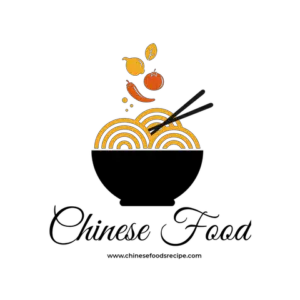
Chinese Spring Festival
*This is a guest post of Chinese food recipes blog, We welcome you to share your stories about China or Chinese food recipes. Your profile will be shown as below. Easily apply to be a contributor from here. *
The Chinese Spring Festival, also known as Chinese New Year and Lunar New Year, is considered the most important of all the traditional holidays in China. It has been usually called “Lunar New Year,” since it has based on the Chinese calendar known as lunisolar calendar.
If you are just joining a Chinese family or cultural situation, it is critical for you to learn New Year customs and celebrate them properly. This is the most significant way for you to integrate socially with Chinese friends and family members, since New Year is the most important time of the year in China.

The tradition usually starts on the 1st day based on the first Chinese month, in their calendar, and it ends with the Lantern Festival which is, on the other hand, on the 15th day of the month. The origin of this tradition in China is already centuries old and has gained significance in relation to their traditions and myths. In fact, the ancient Chinese New Year has become a reflection of how the people believed and in what things they believed the most.
During Spring Festival celebaration, there are many traditional activities:
二十三 祭灶官 èr shí sān, jì zào guān. (twenty three, sacrifices to the stove official.)
二十四 扫房子 èr shí sì, sǎo fáng zi. (twenty four, sweep the house.)
二十五 磨豆腐 èr shí wǔ, mò dòu fu. (twenty five, make tofu.)
二十六 蒸馒头 èr shí liù, zhēng mán tou. (twenty six, steam buns.)
二十七 杀雄鸡 èr shí qī, shā xióng jī. (twenty-seven, kill the rooster.)
二十八 杀肥鸭 èr shí bā, shā féi yā. (twenty eight, kill the duck.)
二十九 灌梅酒 èr shí jiǔ, guàn méi jiǔ. (twenty nine, drink the good wine.)
年三十 贴花门 nián sān shí, tiē huā mén. (thirty, appliques on the gates.)
大初一 出门见喜满堂喜dà chū yī, chū mén jiàn xǐ mǎn táng xǐ (the first, go out of the gate to see good omens and good luck descend upon the house.)
It is a fact that within China, a variety of ways on how the New Year is celebrated are based on their regional traditions and customs. The Chinese will normally pour out their savings to purchase decorations, materials, clothing, presents, and food. A part of the tradition, the families will also clean the whole house, thoroughly and systematically, so that they will drive any bad luck or ill-fortune away, therefore hoping for the cleanliness to make way for incoming good luck and prosperity.

In most house, you will see windows and doors that are decorated with paper-cuts and couplets with red color; all these with themes of “wealth,” “longevity,” and “happiness.” On the Chinese New Year Eve, a family supper is considered a feast. Ducks, sweet delicacies, pigs, and chicken usually decorated the tables. Then before the night ends, they will be having a display of firecrackers; all the children are expected to greet everybody, especially their parents, and wish them not just a happy but a healthy New Year, and in turn, they will receive money placed in red Chinese paper envelopes.
The Spring Festival is the time for Chinese to have families reunion on Chinese new year eve.
除夕 chú xī (Chinese new year eve)
New year supper contain:
年糕——年年高 nián gāo – nián nián gāo (New year cake-better life each year)
饺子 jiǎo zi (dumpling)
Are you ready to offer your best wishes to friends and families? Here are a few ways:
春节快乐 chūn jié kuài lè (Happy Chinese New Year!)
过年好 guò nián hǎo (Happy New Year’s Celebration!)
恭喜发财 gōng xǐ fā cái (Wishing you a prosperous new year!)

It is also a common belief that the Chinese New Year is a tradition that usually Reconciles families, making them forget all the past grudges, and offering sincere wishes of happiness and peace for everyone in the coming New Year.
